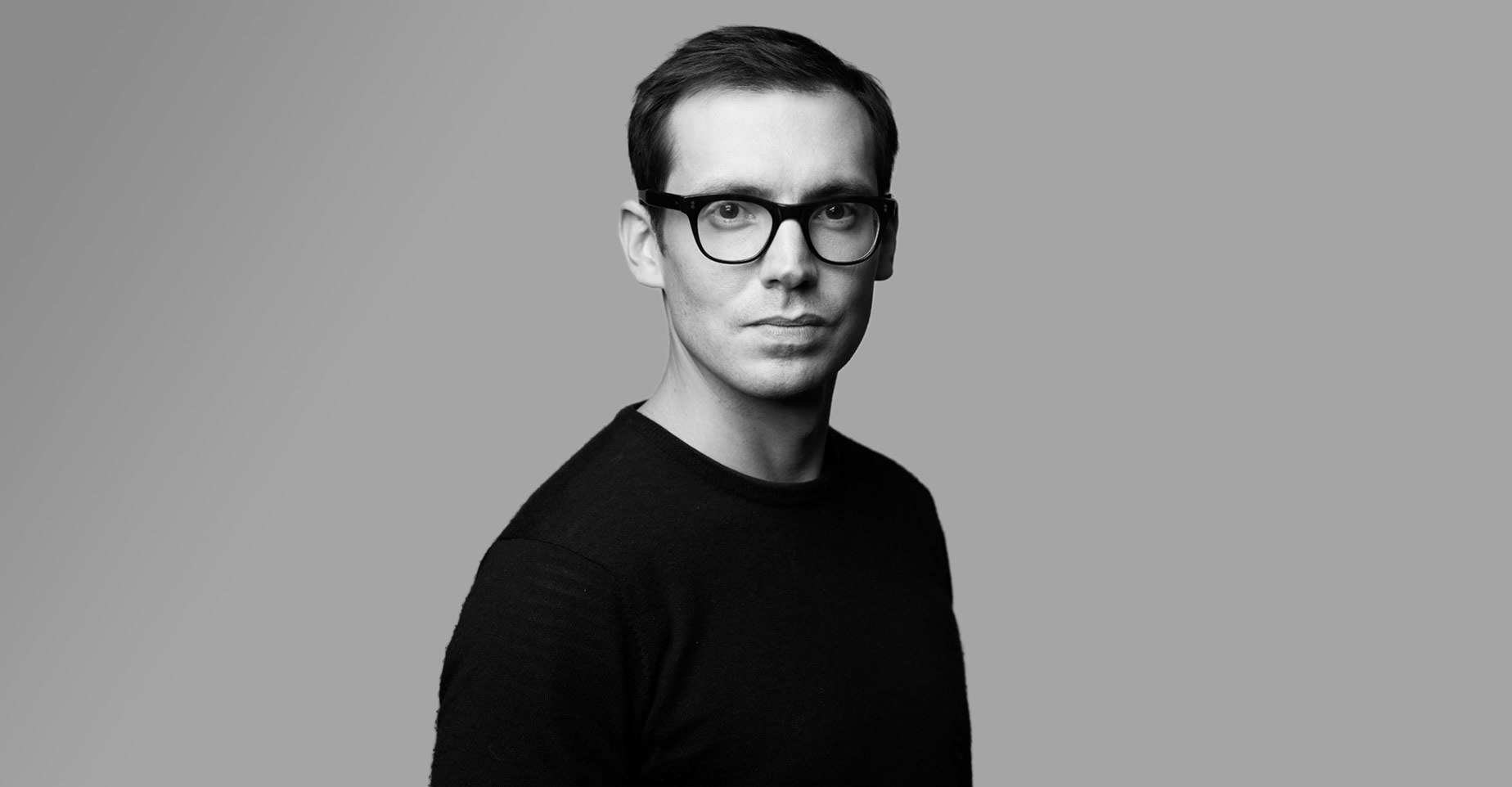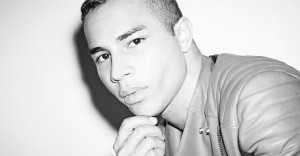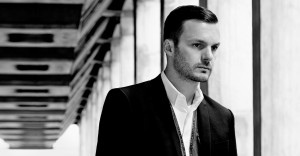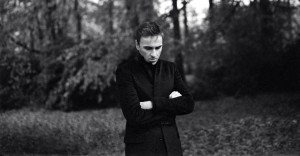Erdem, how did growing up with a twin sister influence your path to becoming a womenswear designer?
Having your twin as the opposite sex is kind of an interesting thing. It’s like the female version of yourself. Of course we’re from different eggs, but I have a very close bond with my sister. She knows me inside and out. And I think that’s at least partly where my obsession with women comes from. I was always obsessed with women! Looking at how women dressed, how they carried themselves, what lipstick they wore, how they smelled. I was very attracted to women – not sexually – but I was obsessed with how and what women looked like. From a very, very young age, I only ever drew women.
How young?
When I was around three or four. When I was given a piece of paper and a crayon – most kids would draw a tree and I would always draw a female. It was always a waist and a skirt, even the proportions I could always draw. I remember my parents took me to see The Nutcracker and I only drew the females in the cast. I didn’t care about the guys in it.
At what point did you realize that becoming a fashion designer is a real career path?
When I was probably seven or eight years old, I think. I grew up in Montreal, so you had channel five, which was the French channel – Canal 5 – and they would show on the news the couture shows. I would watch Tim Blanks on Fashion File. I could eat fashion. I would watch Yves Saint Laurent or Chanel and I understood that there was this world out there that was very, very far away from where I was, living in the suburbs of Montreal. I understood that there was a world where people made clothes, and that was a living and a career. And I knew from a very early age that that was a world I wanted to be part of and what I wanted to do.
Did you always know you wanted to have your own label? You started Erdem only one year after graduating from your masters program.
I always wanted to work for myself and start my own company, I just didn’t quite know how I was going to do it. So I entered a design competition for a studio space and I ended up winning it. It was this great space with a pattern-cutting table, a sewing machine, a computer, and a desk. It was literally the size of this room, it was so tiny! Like 200 square feet. But I got the space for three years and I suddenly had an address, you know? A phone number. And then I started it. I did that collection, that first one, and Barney’s ended up buying it.
Most brands have to establish themselves for years before something like that happens.
I know. I remember packing the collection myself and writing an invoice – I didn’t know how to do any of that stuff. It was trial and error. My first show, I didn’t even know you had a model caster. I called the agents myself, like, “Could I put a first option on so and so…” We also spray painted the shoes because we didn’t have any money for them. I’d bought these shitty shoes and spray painted them black. That’s just what I had to do.
You have a Turkish father, an English mother, and you grew up in Canada. Why did you choose to base your business in London?
I originally chose London because I always wanted to go to the Royal College of Art. I was obsessed with David Hockney, I was obsessed with Ossie Clark, and so I just applied for the Royal College where I ended up getting my M.A. and then lots of things happened – my parents passed away, my sister was going to Goldsmiths to study – and it became very permanent because we were really the orphaned twins in London.
Did your parents passing away make it even more important to succeed in a way?
It was very much like, “Okay. This is my life and I have to make sure this works.” It was sink or swim! And that really compels you in a way. You take yourself seriously – I don’t take myself that seriously, but in a way that what you were doing became very serious. I don’t have a business background and I wasn’t from a wealthy family. There were definitely some bumpy moments. It was definite trial and error. Tons of error! I was very lucky in the sense that I grew quite organically and in a way that was very controlled.
Do you think you’re an atypical British designer? When I look at your dresses, Paris seems to be the more obvious choice.
I suppose it depends on what you define as a London designer. I certainly remember when I started in 2005 I had my kind of Victorian-necked chiffon dress in a city that was doing black leather. I do love Paris. But I also love London. That’s where I trained and where I learned to do what I want to do, and I do think London’s such a part of what I do. I’m a British designer. It’s where the company is. It is, in every aspect, my home. And my beginning. But who doesn’t love Paris? I’d love to live in Paris some day.
I bet you’ve had your fair share of opportunities to move there already. The couture houses must be quite fond of your work.
Yes. But I’m totally content focusing on just four collections a year. I love Paris, and I think that opportunity to work on something outside of what I’m doing is interesting, but it has to be completely the right thing. It’s one of those things that’s like, “Be careful what you wish for.” I also own my company and run my company, which is exciting. I love being independent.
Did you ever consider doing menswear?
I think it would be impossible for me to escape the fact that I am quite a uniform dresser. Menswear is something that doesn’t interest me as much. What I would propose for a man is ultimately what I would propose for myself and I’m a fairly boring dresser. (Laughs) I’ve always been fascinated by the feminine.
So do you approach things from a conceptual point of view when you’re designing for women?
I think my approach is really always about a narrative. It’s about a story. It’s always about this woman, and who she is, and what’s happened to her, and what’s about to happen to her, and who she is as a living character. Even back when I was a child I think that’s what I was interested in drawing and figuring out: a scenario, who she is. The Erdem woman is someone who exists in my head and in my sketchbooks and it becomes really interesting when you go to New York and you see someone wearing a dress of yours walking down the street. Maybe she’s a doctor, or she’s a gallerist, or she’s a young woman, or she’s 78, or she’s a mom. She’s so many different people.
Return to Top

Short Profile
Name: Erdem Moralioglu
DOB: 1977
Place of Birth: Montreal, Quebec, Canada
Occupation: Fashion Designer





















Comments
write a comment, read comments